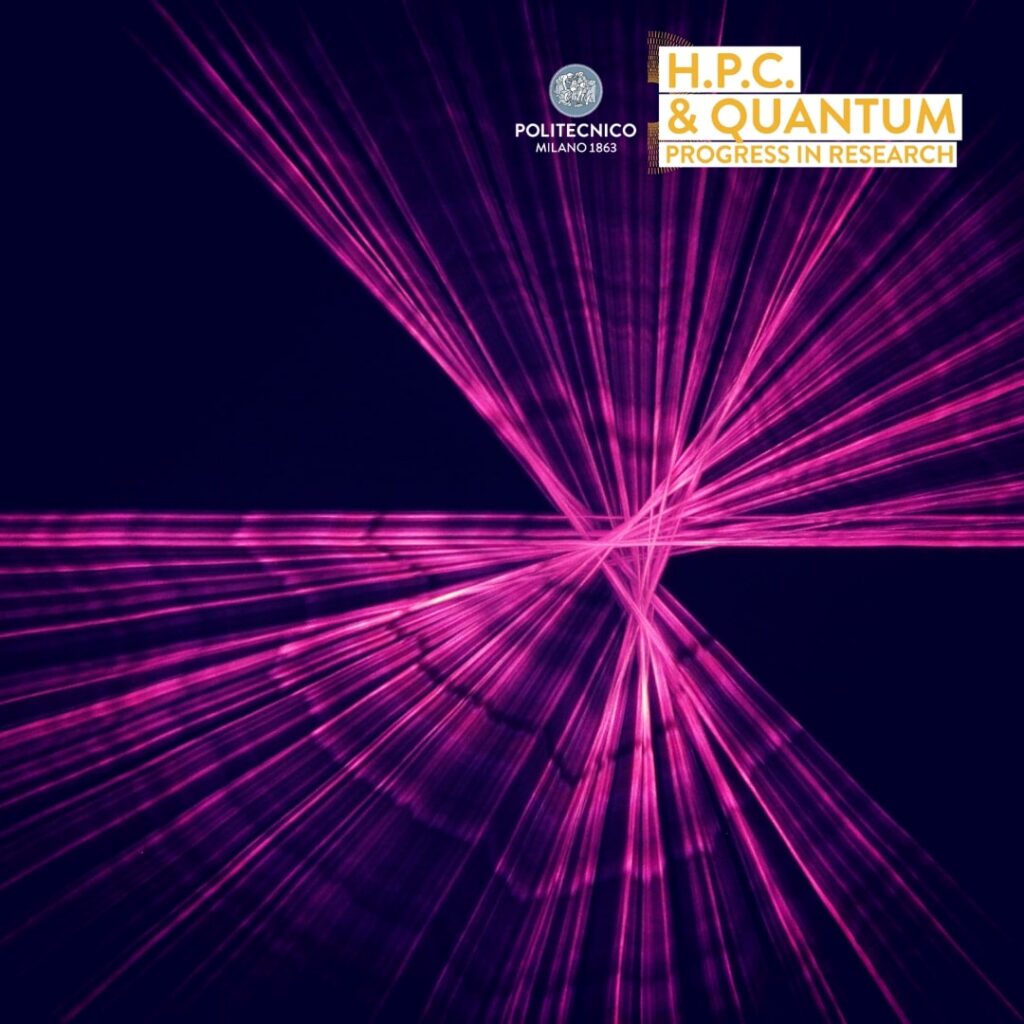Designed and built a nano-antenna smaller than a thousandth of a millimeter capable of transforming the color of light, controllable through the light itself. The article "Ultrafast, All Optically Reconfigurable, Nonlinear Nanoantenna" , which appeared in the prestigious ACS Nano magazine , paves the way for the development of new miniaturized optical devices operating at very high speed, for applications in the telecommunications field and beyond.
The new technology, conceived by the researchers of the Department of Physics of Politecnico di Milano, of the institutes of Nanosciences (Nano) and Photonics and Nanotechnologies (Ifn) of the National Research Council (CNR), together with the University of Brescia and Université de Paris, is based on the study of optical nanoantennas . These are very thin cylinders of semiconductor material, 100 times thinner than a hair, designed to absorb wavelengths of visible light.
When the nanoantenna is illuminated, it concentrates the light energy in an extremely small volume. Under these conditions, the color of the light can be changed by a phenomenon known as non-linear generation of light. "This process is of great interest in various application sectors, from telecommunications, where it is used to transfer information from one transmission channel to another, to night vision devices based on the conversion of infrared thermal radiation into visible light, to laser sources "- says Eva Pogna, Alumna PhD in Physics at the Politecnico di Milano and young researcher of the CNR-Nano.

Until now so-called static nanoantennas had been demonstrated, that is, such that once manufactured it was not possible to modify their properties, that is to reconfigure them to change the characteristics of the light that they can emit.
The new study is pioneering because it demonstrates for the first time the possibility of controlling the behavior of these optical nanoantennas very quickly using the light itself as a control signal: when a light pulse is absorbed in a nanoantenna it in fact it modifies the resonant characteristics. The change induced by the pulse of light is reversible and lasts a time equal to a few tens of picoseconds, allowing the signal generated by the antenna to be modulated at an unprecedented speed .
"This discovery could open to the development of a new class of ultra-fast miniaturized photonic devices based on non-linear effects, of application interest in various fields, from optical fiber telecommunications to quantum computers" - says Giuseppe Della Valle , Alumnus, professor of the Department of Physics and coordinator of European Project Horizon 2020 METAFAST (“ METAsurfaces for ultraFAst light STructuring ”).
The discovery is the result of an Italian-led international consortium which sees the collaboration between the nanophotonics and ultra-fast spectroscopy groups of CNR and Politecnico di Milano (Prof. Giuseppe Della Valle, Dr. Eva Arianna Aurelia Pogna , Prof. Michele Celebrano, Prof. Marco Finazzi, Prof. Giulio Cerullo), of the University of Brescia (Prof. Costantino De Angelis) and of the Universitè de Paris (Prof. Giuseppe Leo).
Credits home/header: https://techgoggler.com/it/c/telecomunicazioni/